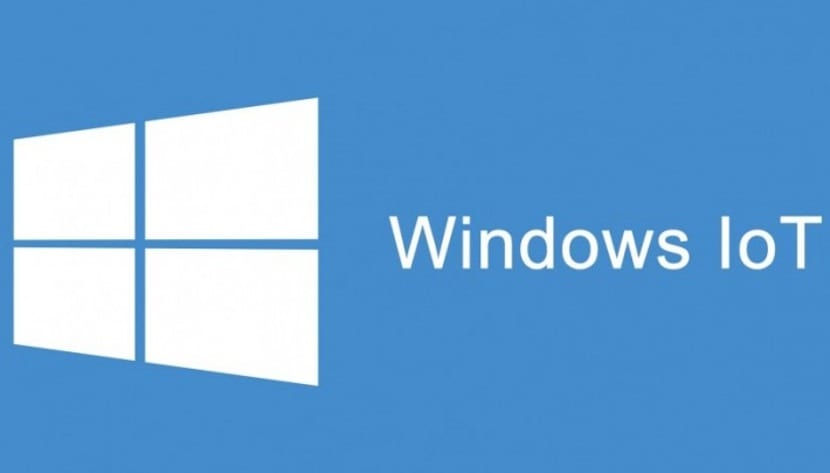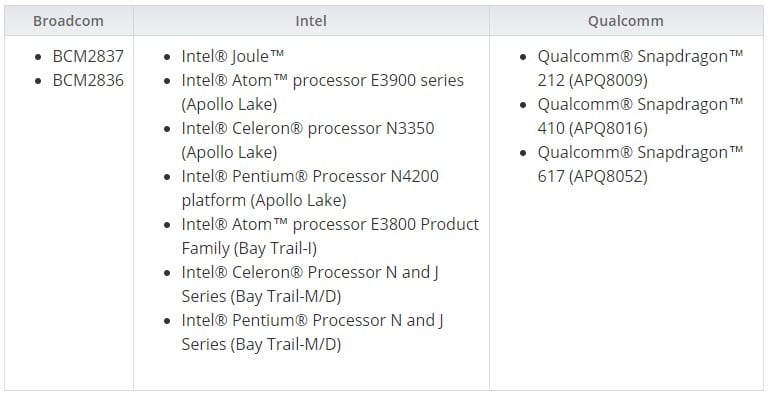
The Windows platform for IoT appears to be not as successful as expected. Or at least that we can deduce from the main change that Microsoft has made in the documentation of Windows 10 IoT. Thus, Microsoft has updated the list of minimum specifications of Windows 10 IoT.
These specifications have been altered with new processors and platforms. that are compatible with the Microsoft operating system, but also some that are no longer present, increasing the performance of the SBC boards that can work with this operating system.
Windows 10 IoT minimum specs increased to give more power to the operating system
From now on, according to minimum specifications, SBC boards running Windows 10 IoT will need a minimum clock frequency of 400 Mhz. The Raspberry Pi 2 and 3 processors will continue to work with Windows 10 IoT but devices with Qualcomm processors will also be compatible, but only the 212, 410 and 617 models.
Intel Atom processors will also be compatible with Windows 10 IoT as well as the Intel Joule, Intel Celeron and Intel Pentium N models. In all of them, a common denominator is that the clock frequency exceeds one gigahertz, so it does not make much sense to set the minimum frequency to 400 MHz, however Microsoft states that in the future it will be necessary to have compatibility with TPM 2.0 so only these processors work with it.
In any case, it seems that the Microsoft platform is not having the success that the Microsoft guys expected. While other operating systems such as Ubuntu or Raspbian are having success among IoT users, the platform of Microsoft is still very picky about every update and it offers less features than other operating systems, which is giving poor results.
On the other hand it does not stop be striking the inclusion of Qualcomm processors, processors commonly used for mobiles and that could indicate future compatibility with these devices. With mobiles or without mobiles, what makes an operating system for IoT interesting are the projects that can be created with it and not the other way around, with Windows 10 IoT being the one with the fewest projects in relation to the Internet of Things. But Will this change?
